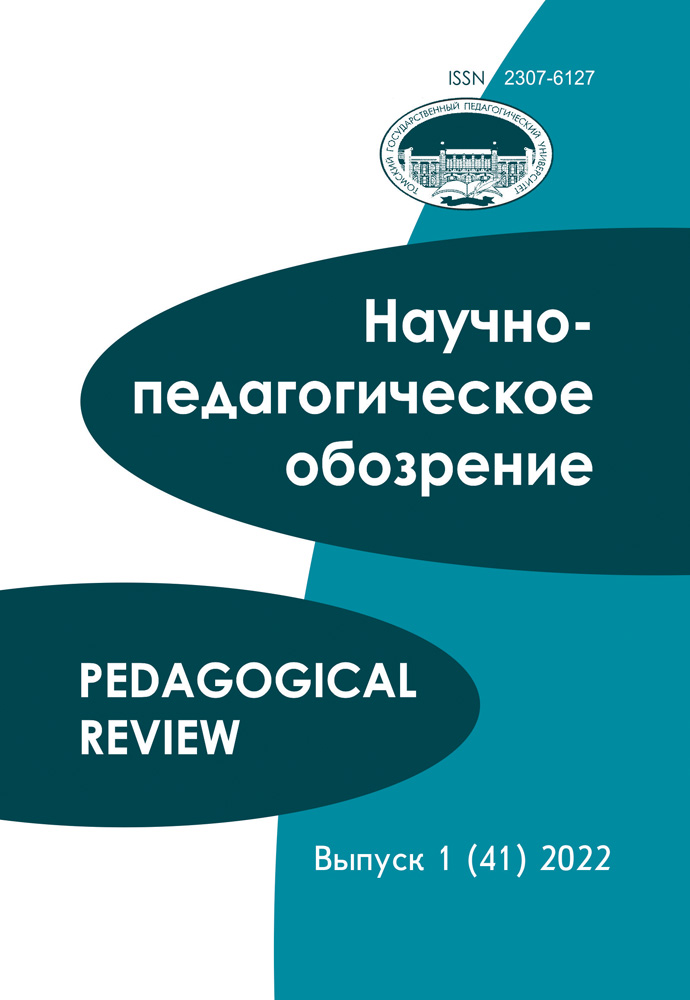Search
| # | Search | Downloads | ||||
|---|---|---|---|---|---|---|
| 1 | The paper is aimed at reconstructing one episode of the Selkup family’s life captured by a photograph one hundred years ago. The analysis is based on photographs of the Selkups from the Tym River taken by the renowned Finnish scholar Kai Donner in 1912, and from the records of parish registers of XIX–XX centuries. During his tour of Siberia in 1911–1914, K. Donner reached Kalguak yurts down the Ob river, then went to Napas up the Tym River and got to Makovskoye village down the Ket river. He also made a number of other short-term trips to Siberian towns and settlements of indigenous minorities. The scientist collected extensive materials on ethnography and linguistics of indigenous peoples of Siberia.We present the possibilities of implementing the method of reconstructing the sequence of the events based on the episode of the life of a wellknown Selkup shaman family of Karlyguin from the Tym river. The contemporary world with the advancing globalization steadily destroys unique cultures of indigenous minorities. Therefore, materials of ethnographic expeditions from previous centuries are becoming increasingly important and valuable. Keywords: Kai Donner, the Selkups, the Karlygin’s family, photographs, records from parish registers | 1920 | ||||
| 2 | The article explores the little-known Basandaika expedition that constitutes one of the greatest endeavours in the development of archaeology in Tomsk, i.e. the opening and studying of the Basandaika settlement II. In focus is the discoverer of the site whose name is almost unknown in the context of archaeological research in the Basandaika area – Doctor of History, Corresponding Member of the Academy of Sciences (Estonian Soviet Socialist Republic) Hilda Ivanovna Mosberg. In 1943–45, she acted as an Associate Professor at the Faculty of History of Tomsk State Pedagogical Institute and took part in the expedition to Basandaika in 1944. Based on the material collected at four different Tomsk archives, the article reconstructs some of the events from the Tomsk period of H.I. Mosberg’s life. Analyzed is the field material associated with her name as well as the fate of the archaeological collection from the settlement. Photographs previously unpublished accompany the article. In addition, the results produced in the early XXI century investigation in which Lyudmila Mikhailovna Pletnyova was actively involved complement the ones of the mid-XX century research into the settlement. Keywords: archaeology, excavations in the Basandaika area, the Basandaika settlement II, Tomsk State Pedagogical Institute (University), Tomsk State University, K. E. Grinevich, H. I. Mosberg, G. V. Trukhin, L. M. Pletnyova, N. V. Toroshchina | 1828 | ||||








